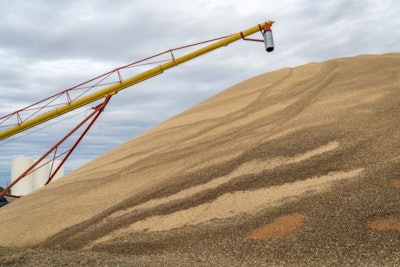
We always hear about corn, the main grain market driver. But in certain countries, such as Mexico, sorghum, or milo, is still around, playing a role in the feed industry.
According to GCMA analysts, the 2022/23 worldwide sorghum production forecast is 62.4 million MT, “just 105,000 above the 2021/22 crop.” This is due to the combination of a lower U.S. crop and higher production in the Sudan.
China is the main factor that contributes to global demand, with 86% of world trade (9.5 million MT).
Analysts at GCMA say that world consumption is forecast at 62.9 million MT – a 1.9% increase compared to the previous crop. This increase is due to a higher demand from the Sudan, Mexico and Nigeria. Also, perspectives for global trade are 11 million MT – 11% less than last year’s exports.
One advantage of sorghum cultivation is the fact that it withstands lack of irrigation and can be grown in areas not suitable for corn. In Latin America, it looks like only Mexico and Argentina produce sorghum at 4.9 million MT and 2.3 million MT respectively for 2022/23. Mexico imports 200,000 MT from the U.S. Even so, Mexico's milo imports from the U.S. have been fluctuating, with a trending decrease in the last five years.
So, what about the rest of the countries? Why do they not use, cultivate or import sorghum? Yes, they will tell me it is cost, of course, but if roughly a quarter of feeds in Mexico are manufactured with sorghum, it seems to me that it is feasible and suitable.
Having a nutritional value of 90% to 100% (96% being the most common) compared to corn, maybe it would be good to revisit the use of sorghum. And there is even one more advantage, at least for Mexico and other Latin American nations – there is no competition with human consumption. This can happen with corn, although white corn − the one used for human consumption − is not regularly used for feeds.
What do you think?


















